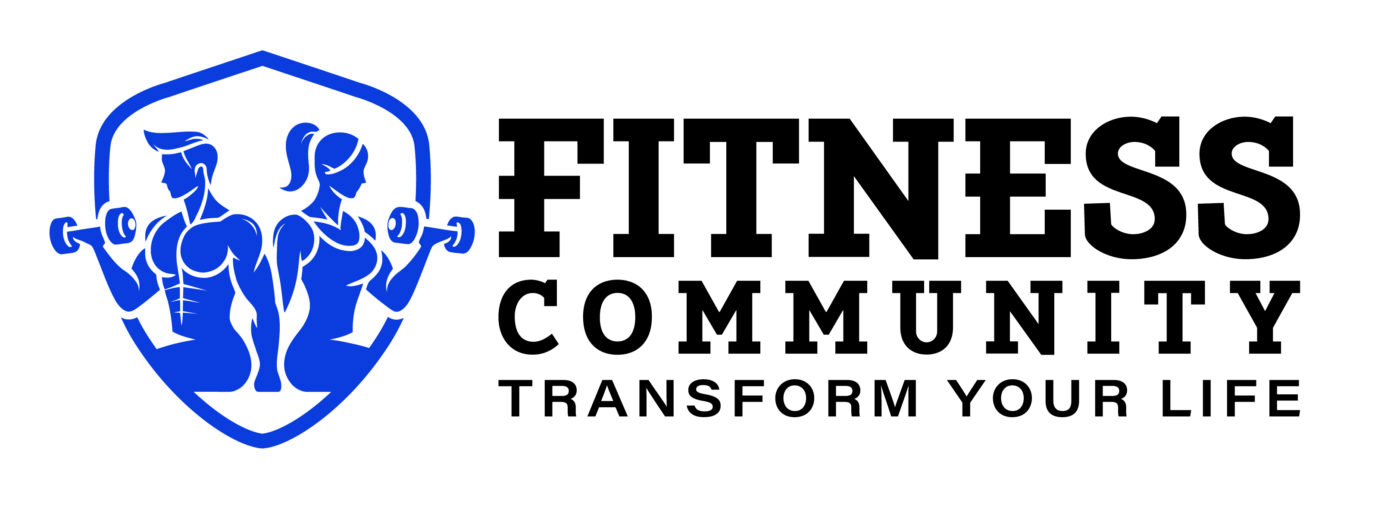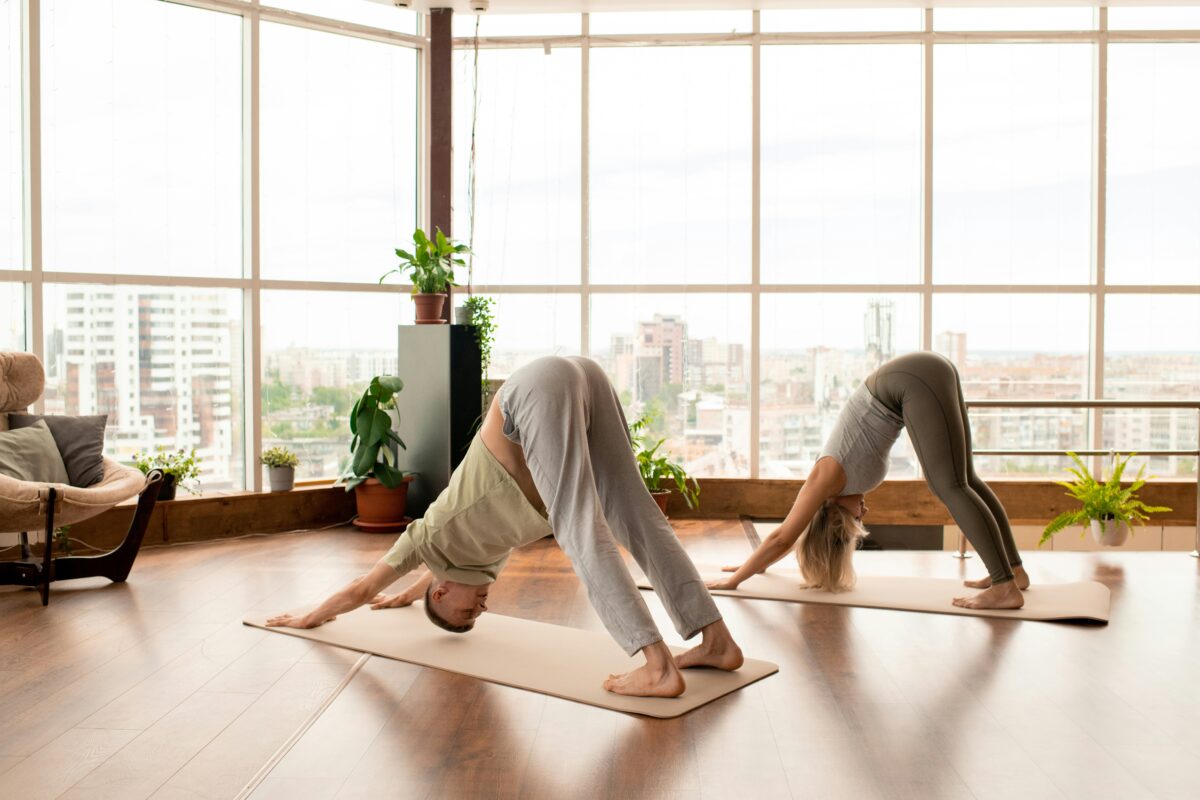FLEXIBILITY AND MOBILITY
Why Mobility Training Is the Missing Key to Injury Prevention and Long-Term Performance
The Overlooked Secret to Injury Prevention: Why Mobility Training Matters
You warm up before workouts, stretch afterward, wear the right gear, and follow proper form—yet injuries still happen. That nagging shoulder pain during overhead presses, the twinge in your lower back when bending over, or the knee discomfort during runs can be frustrating setbacks.
The missing link? Mobility training. While stretching and warming up get all the attention, mobility exercises—designed to improve joint function through a full range of motion—are often overlooked. However, incorporating them into your routine could mean the difference between long-term, pain-free movement and recurring injuries.
Mobility vs. Flexibility: What’s the Difference?
Though often used interchangeably, mobility and flexibility are not the same. Flexibility refers to how far a muscle can be passively stretched, while mobility is the ability to actively control movement through a joint’s full range.
For example, you may be flexible enough to get into a deep squat with assistance, but mobility ensures you can control that squat independently. True mobility requires more than just loose muscles—it involves strength, coordination, and neurological control.
How Poor Mobility Increases Injury Risk
When joints lack mobility, the body compensates, leading to stress and potential injury. Here’s how:
Compensation Patterns: If your ankles are stiff, your knees and lower back take on extra strain during movements like squatting. Over time, these compensations can lead to chronic pain and injury.
Force Transmission Breakdown: Your body moves in interconnected chains. If one link (such as your thoracic spine) is stiff, stress is placed elsewhere (like the shoulders), increasing injury risk.
Delayed Recovery: Good mobility promotes circulation and fluid movement, which aid in tissue recovery. Restricted joints limit blood flow, slowing the healing process and increasing inflammation.
Why Traditional Warmups Fall Short
Typical warmups—like jogging and arm circles—may raise your heart rate but don’t target specific mobility restrictions. Dynamic stretching is better but still lacks the controlled strength and coordination that mobility exercises provide.
Additionally, traditional warmups often neglect deep stabilizing muscles, which are essential for joint support. Mobility training activates these muscles, reducing strain on overworked areas and improving movement quality.
Key Mobility Limitations That Lead to Injuries
Ankle Mobility: Poor ankle dorsiflexion affects squatting, running, and jumping mechanics, increasing stress on the knees and lower back.
Thoracic Spine Mobility: A stiff upper back limits rotation and extension, leading to shoulder and neck issues.
Hip Mobility: Limited hip control contributes to knee valgus (inward knee collapse), increasing the risk of ACL tears and knee pain.
Simple Mobility Assessments
To identify weak spots, try these self-assessments:
Overhead Squat Test: Raise your arms overhead and squat deeply. If your heels lift, knees cave in, or arms fall forward, mobility restrictions may be present.
Single-Leg Balance Test: Stand on one foot with eyes closed for 30 seconds. Struggling to balance may indicate stability and proprioception deficits.
Seated Rotation Test: Rotate your torso while seated. Unequal rotation on each side can signal mobility restrictions affecting your shoulders and spine.
How to Integrate Mobility into Your Routine
The good news? Mobility work doesn’t require hours in the gym. Just a few minutes a day can make a significant difference:
Pre-Workout: Spend 5–10 minutes on targeted mobility drills specific to your workout (e.g., ankle and hip mobility before squatting).
Throughout the Day: Micro-sessions, such as stretching your thoracic spine or doing ankle circles, help counteract prolonged sitting.
Recovery Days: Dedicate extra time to mobility work on rest days to improve movement quality without fatigue.
The Bigger Picture: Mobility Beyond Injury Prevention
Good mobility doesn’t just prevent injuries—it enhances performance and longevity. Athletes with excellent mobility move more efficiently, react faster, and experience fewer compensatory movement issues. Additionally, improving body awareness through mobility training helps recognize early warning signs of movement dysfunction before injuries occur.
Ultimately, mobility training is an investment in long-term physical health. Whether you want to lift heavier, run faster, or stay active as you age, prioritizing mobility will help ensure your body moves efficiently and pain-free for years to come.
It’s time to stop overlooking mobility and start making it a core part of your fitness routine.

